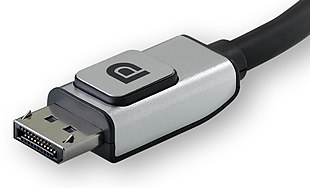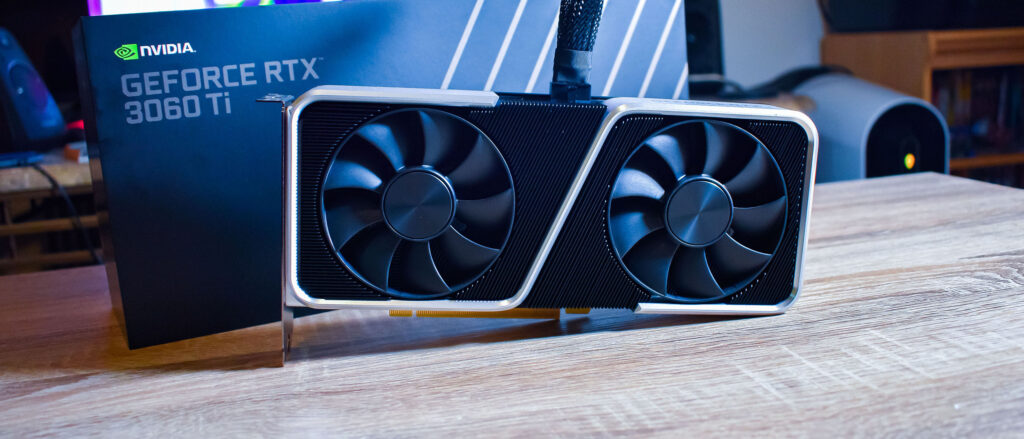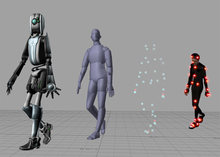Basic about graphic card
gRAPHIC CARD
You can also watch video here
- A graphics card (also called a video card, display card, graphics adapter, video adapter, or display adapter) is an expansion card which generates a feed of output images to a display device (such as a computer monitor). Frequently, these are advertised as discrete or dedicated graphics cards, emphasizing the distinction between these and integrated graphics. At the core of both is the graphics processing unit (GPU), which is the main part that does the actual computations, but should not be confused with the graphics card as a whole, although „GPU“ is often used as a metonymic shorthand to refer to graphics cards.
- Most graphics cards are not limited to simple display output. Their integrated graphics processor can perform additional processing, removing this task from the central processor of the computer. For example, Nvidia and AMD (previously ATI) produced cards that render the graphics pipelines OpenGL and DirectX on the hardware level. In the later 2010s, there has also been a tendency to use the computing capabilities of the graphics processor to solve non-graphic tasks, which can be done through the use of OpenCL and CUDA. Graphics cards are used extensively for AI training, cryptocurrency mining and molecular simulation.
- Usually, the graphics card is made in the form of a printed circuit board (expansion board) and inserted into an expansion slot, universal or specialized (AGP, PCI Express). Some have been made using dedicated enclosures, which are connected to the computer via a docking station or a cable. These are known as eGPUs.
History
Standards such as MDA, CGA, HGC, Tandy, PGC, EGA, VGA, MCGA, 8514 or XGA were introduced from 1982 to 1990 and supported by a variety of hardware manufacturers.
3dfx Interactive was one of the first companies to develop a GPU with 3D acceleration (with the Voodoo series) and the first to develop a graphical chipset dedicated to 3D, but without 2D support (which therefore required the presence of a 2D card to work). Now the majority of modern graphics cards are built with either AMD-sourced or Nvidia-sourced graphics chips. Until 2000, 3dfx Interactive was also an important, and often groundbreaking, manufacturer. Most graphics cards offer various functions such as the accelerated rendering of 3D scenes and 2D graphics, MPEG-2/MPEG-4 decoding, TV output, or the ability to connect multiple monitors (multi-monitor). Graphics cards also have sound card capabilities to output sound – along with the video for connected TVs or monitors with integrated speakers.
Within the industry, graphics cards are sometimes called graphics add-in-boards, abbreviated as AIBs, with the word „graphics“ usually omitted
- Who invented the graphics card?
In the 1980s, IBM was the first company to develop the graphics card. The monochrome display adapter and the color graphics adapter were plug-in devices that attached to the CRT.
Power demand
As the processing power of graphics cards has increased, so has their demand for electrical power. Current high-performance graphics cards tend to consume large amounts of power. For example, the thermal design power (TDP) for the GeForce Titan RTX is 280 watts.[11] When tested while gaming, the GeForce RTX 2080 Ti Founder’s Edition averaged 300 watts of power consumption. While CPU and power supply makers have recently moved toward higher efficiency, power demands of GPUs have continued to rise, so graphics cards may have the largest power consumption of any individual part in a computer. Although power supplies are increasing their power too, the bottleneck is due to the PCI-Express connection, which is limited to supplying 75 watts. Modern graphics cards with a power consumption of over 75 watts usually include a combination of six-pin (75 W) or eight-pin (150 W) sockets that connect directly to the power supply. Providing adequate cooling becomes a challenge in such computers. Computers with multiple graphics cards may require power supplies over 750 watts. Heat extraction becomes a major design consideration for computers with two or more high-end graphics cards.
HDMI

High-Definition Multimedia Interface
DisplaPort

DisplayPort (DP)
VGA

Video Graphics Array

